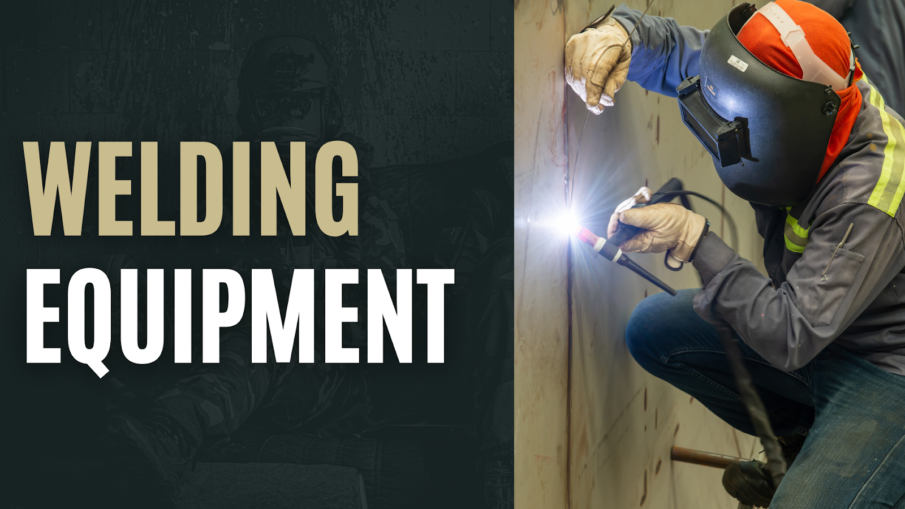Choosing the right welding equipment is crucial for any welding project. If you’re a professional welder, investing in high-quality gas welding equipment can make all the difference in the quality and durability of your work.
With so many different types of welding equipment available in the market, selecting the right one for your specific needs can be overwhelming. Therefore, the welder should consider certain factors before purchasing any welding equipment.
In this blog, we’ll discuss the key factors you must consider when selecting welding equipment for your project, so you can make an informed decision and achieve the best results possible.
1. Determine the Type of Welding
The welding you’ll be doing is crucial in determining the type of equipment you’ll need. Welding is a process that involves joining two metal pieces by melting them and then allowing them to cool and fuse. However, welding is not a one-size-fits-all process. Different projects require different welding techniques and equipment.
The most common types of welding include MIG, TIG, and Stick welding. MIG welding is perfect for welding thicker materials, while TIG welding is ideal for welding thinner materials that require precision welding. Stick welding is typically used for heavy-duty welding of steel and cast iron materials.So, pick your welding equipment according to the process you intend to use.
2. Consider the Material
Welding is crucial in various industries, including construction, automotive, and manufacturing. However, it would help if you had the right welding equipment to achieve a strong and durable weld. Choosing the right welding equipment can be overwhelming, especially if you are a beginner. There are various types of welding equipment in the market, each with different capabilities, strengths, and features.
The type of material you’ll be welding will also determine the type of gas welding equipment
you’ll need. For instance, if you work with stainless steel, you’ll need a welding machine to produce a constant voltage output. On the other hand, if you’re welding aluminium, you’ll need a welding machine that can make a stable current output.
3. Evaluate the Power Source
When evaluating the power source for your welding equipment, it is important to consider the specific requirements of your project. Factors to consider include the welding process type, the project’s location, and the size and thickness of the welding metal. It is also important to consider your budget and long-term maintenance costs.
Consider when selecting welding equipment the power source. You can choose between two types of power sources: AC (alternating current) and DC (direct current). AC is suitable for welding materials thicker than ⅛ inch, while DC is ideal for welding thinner materials.
4. Consider Your Budget
Your budget is one of the most critical factors to consider when selecting welding equipment. Therefore, budget is an essential aspect when it comes to choosing the right welding equipment for your needs. Various types of welding equipment are available in the market, ranging from basic models to high-end models with advanced features.
esab welding & cutting products can be expensive, so it’s important to consider your budget before purchasing. You don’t want to overspend on the equipment you won’t use often or last long. Instead, look for a machine that’s within your budget but keeps the quality high.
5. Check for Safety Features
Keep in check with the safety while choosing any welding equipment. Look for safety features such as thermal overload protection, which shuts off the machine if it overheats, and voltage reduction devices, which help prevent electrical shock.
A welding helmet is one of the most important safety features for any welder. A good welding helmet should provide full coverage of your face and neck, with a clear view of the welding area. It should also have an auto-darkening lens that adjusts to the brightness of the welding arc, protecting your eyes from harmful ultraviolet (UV) and infrared (IR) radiation.
Conclusion
Selecting the right welding equipment can be daunting, but by considering the factors we’ve discussed, you can make an informed decision and choose the best equipment for your needs. Remember to evaluate the type of welding you’ll be doing, the materials you’ll be welding, the power source, portability, your budget, and safety features, and read reviews and ask for recommendations. With the right welding equipment, you can create high-quality, durable welds that will last years.


